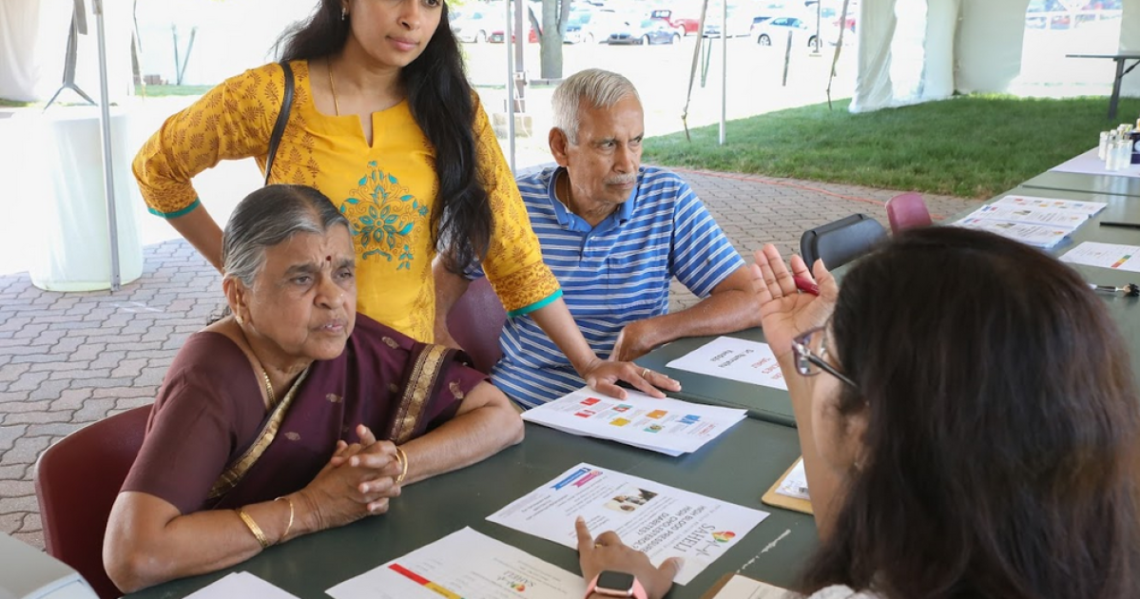Back in 2021, Shaheen Aamir felt too tired to play actively with her two kids. “I used to tell them, ‘You guys can play, Mom wants to sit,'” she says. Aamir says she never exercised and was worried about her weight.
Now, three years later, 32-year-old Aamir starts every day with some yoga or dancing. It’s been part of her routine since she took a four-month course on preventing Type 2 diabetes. “It changed my life, health- and fitness-wise,” Aamir says, “I feel light and energetic. It’s raised my self-esteem.”
Aamir, who immigrated from Pakistan a few years ago and has a family history of diabetes, was one of nearly 550 people to participate in the South Asian Healthy Lifestyle Intervention Program, or SAHELI, a study designed to treat and prevent diabetes and heart disease among South Asians living in and around Chicago.
Asian Americans and Pacific Islanders have higher rates of diabetes, and are prone to developing Type 2 diabetes at younger ages and lower body weights than the general U.S. population. Among Asian subgroups, the risk of diabetes is especially high among South Asians, Filipinos and Pacific Islanders.
A group of Asian American researchers are trying to figure out why — and design programs like this to bring down the rates. They’re digging for root causes and better solutions while pushing for their communities to make healthier adjustments now. Here’s some of what they’ve learned can make a difference.
Recognizing the risks of ‘skinny fat’
In the mid-1990’s, when Maria Rosario Araneta joined the faculty at UC San Diego as an epidemiologist, she heard about a trend: Many of the patients at a nearby Veterans…
Read the full article here







